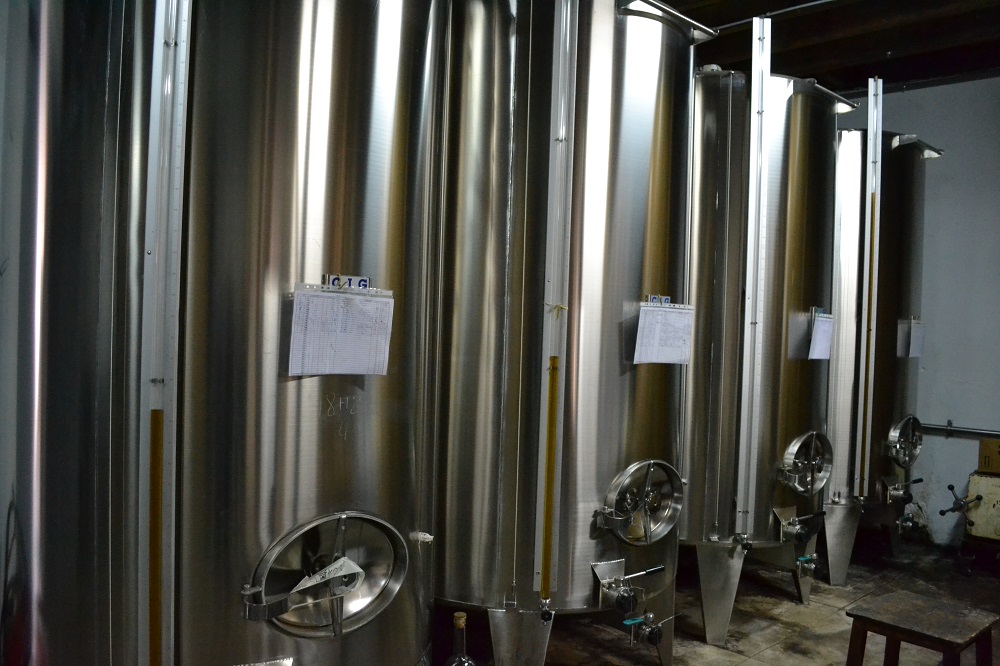A Brief Affair: The Short-Lived Romance of Fermentation in Cognac Production
Cognac, the exquisite French brandy, is renowned for its complex flavors and elegant character. The journey from grape to glass is a long and intricate process that spans several years. However, one crucial step in this process, fermentation, is a fleeting affair that lasts mere weeks. Let’s delve into the fascinating world of fermentation in Cognac production and explore the exact chemical reactions that cause this transformation.
The Grapes of Cognac: A Brief Introduction
The grapes used in Cognac production are primarily the Ugni Blanc variety, known for their high acidity and suitability for distillation. These grapes are harvested in the fall and pressed to extract the juice, which is then fermented to create a low-alcohol wine.
Fermentation: A Brief Encounter
Fermentation is a crucial step in Cognac production, as it sets the stage for the subsequent distillation process. The fermentation process takes place in large vats, where the grape juice is mixed with yeast to begin the transformation. The yeast consumes the natural sugars present in the juice, converting them into alcohol and carbon dioxide. This process typically lasts for two to three weeks, during which the wine’s alcohol content increases from around 8% to 9% to approximately 10% to 12%.
The Chemistry of Fermentation: A Love Story
The magic of fermentation lies in the intricate dance of chemical reactions that occur during this short period. The primary reaction involves the conversion of sugar into alcohol and carbon dioxide, which is known as alcoholic fermentation. The main players in this reaction are the yeast cells and the sugars present in the grape juice.
The yeast cells, specifically Saccharomyces cerevisiae, are responsible for breaking down the sugar molecules into smaller components. This process begins with the yeast cells absorbing the sugar molecules through their cell walls. Once inside the cell, the sugar molecules are broken down into pyruvate through a process called glycolysis.
Pyruvate is then further broken down into ethanol and carbon dioxide through a series of reactions known as the ethanol fermentation pathway. This pathway involves the conversion of pyruvate into acetaldehyde, which is then reduced to ethanol. At the same time, the carbon dioxide is released as a byproduct of the reaction.
The Importance of Fermentation in Cognac Production
Fermentation is a critical step in the Cognac production process, as it sets the stage for the subsequent distillation. The alcohol content achieved during fermentation determines the quality of the eau-de-vie, which is the foundation of the final Cognac. Additionally, the flavors and aromas developed during fermentation contribute to the overall complexity of the final product.
A Brief Affair: The Short-Lived Romance of Fermentation
While fermentation plays a vital role in Cognac production, it is a fleeting affair compared to the multi-year aging and blending process. Once the fermentation is complete, the wine is distilled to create the eau-de-vie, which is then aged in oak barrels for several years. The aging process allows the Cognac to develop its rich, complex flavors and aromas, ultimately creating a spirit that is a true work of art.
Fermentation in Cognac production is a short-lived but crucial step in the journey from grape to glass. This brief affair sets the stage for the subsequent distillation, aging, and blending processes, ultimately giving birth to a spirit that is cherished and enjoyed by people all over the world. So, the next time you pour yourself a glass of Cognac, take a moment to appreciate the fleeting romance of fermentation that played a pivotal role in its creation.
